Introduction
The latest observations from the James Webb Space Telescope (JWST) offer an unprecedented perspective, delving into the formation processes of gassy baby stars. As one of the most advanced space observation tools currently available, JWST’s infrared capabilities allow it to penetrate thick interstellar dust, revealing the youngest and most mysterious stellar systems in the universe. This article will explore JWST’s observations of gassy baby stars in detail, examining how these discoveries are reshaping our understanding of star formation and their significance in cosmic evolution.
Technological Advantages of the James Webb Space Telescope
One of JWST’s primary design goals is to study the early stages of cosmic phenomena and forming celestial objects. The core advantage of this telescope lies in its powerful infrared observation capabilities. Unlike its predecessor, the Hubble Space Telescope, JWST is capable of detecting infrared wavelengths, which enables it to see through interstellar dust and observe hidden celestial bodies. This capability is particularly useful for studying gassy baby stars, as these young stars are often enveloped in thick dust clouds that are difficult to observe with visible light.
JWST’s main observational tools include the Near Infrared Camera (NIRCam) and the Mid-Infrared Instrument (MIRI). These instruments capture the faint infrared signals emitted by early stars. NIRCam is primarily used to detect the earliest galaxies and stars in the universe, while MIRI is used to study cooler and more distant celestial objects. These technologies enable JWST to conduct in-depth observations of the star formation process.
Formation and Characteristics of Gassy Baby Stars
Gassy baby stars, or protostars, represent an early stage in stellar evolution. They form within massive interstellar gas clouds through gravitational collapse. As material accumulates, the protostar heats up and eventually becomes a mature star capable of nuclear fusion.
The formation process of these gassy baby stars is generally divided into several stages:
- Collapse of the Interstellar Cloud: Interstellar clouds are vast clouds of gas and dust composed of hydrogen, helium, and other elements. When these clouds begin to collapse due to some external trigger (such as a supernova explosion), local density and temperature increase rapidly.
- Protostar Stage: At the center of the collapsing cloud, material density increases to form a protostar. At this stage, the protostar has not yet initiated nuclear fusion but is surrounded by a rotating disk of gas and dust, which feeds material into the protostar.
- Ignition of Nuclear Fusion: As temperatures rise, the core of the protostar eventually reaches temperatures sufficient to ignite hydrogen nuclear fusion, marking its transition to the main sequence stage and officially becoming a mature star.
JWST’s Observational Results
JWST has achieved groundbreaking results in observing gassy baby stars. By examining specific regions of star-forming nebulae, JWST has revealed detailed structures and dynamic processes associated with protostars.
1. Distribution of Gas and Dust
JWST’s infrared observations have unveiled the complex distribution of gas and dust surrounding protostars. Observational data show that the dust clouds around protostars exhibit a variety of structures, with some regions dense and dark, and others sparse and bright. These structures are intricately linked to the star formation process. By analyzing these images, scientists gain insights into how gas clouds collapse and how protostars accrete material from these clouds.
2. The Environment of Star Formation
JWST’s observations have also provided new information about the environments in which protostars form. For instance, in certain observed regions, scientists have detected numerous protostars and protoplanetary disks. These findings help us understand the mechanisms by which star and planetary systems form. Studying these environments allows scientists to infer how protostars interact with their surrounding gas and dust, leading to the formation of planetary systems.
3. Stellar Winds and Outflows
Another significant discovery is the detailed observation of protostellar winds and outflows. Protostellar winds are high-speed particle flows ejected by protostars, which create complex outflow structures as they interact with surrounding gas and dust. JWST’s infrared observations have captured these outflows with remarkable clarity, providing new insights into the interactions between protostellar winds and the interstellar medium.
Implications for Stellar Formation Theories
JWST’s observations of gassy baby stars present both challenges and enhancements to existing theories of stellar formation. Traditional stellar formation theories have been based primarily on observations of more mature stars, while JWST’s data reveal details previously unconsidered.
- Complexity of Gas Clouds: JWST’s observations show that the structure of gas clouds is far more complex than previously thought. These discoveries may prompt a reevaluation of the formation and evolution of gas clouds and their influence on star formation.
- Rate of Protostar Formation: Observing different stages of gassy baby stars reveals that the formation rate and efficiency of protostars may be faster than previously believed. This finding could lead scientists to reassess the timescales and physical mechanisms involved in star formation.
- Formation of Planetary Systems: JWST’s observations also provide new information about protoplanetary disks surrounding protostars. These findings help us understand the processes of planetary system formation and may reveal more details about the birth and evolution of planets.

Future Research Directions
JWST’s observations are just the beginning of a broader exploration into the study of gassy baby stars. Future research will continue to utilize JWST’s infrared capabilities to investigate more details about protostars and their environments. Scientists also plan to combine data from other observatories, such as the Extremely Large Telescope (ELT) and next-generation space telescopes, to achieve a more comprehensive understanding.
- Further Exploration of Distant Interstellar Clouds: Future studies will focus on exploring more distant interstellar clouds and gassy baby stars to understand star formation mechanisms in different environments. This will help establish a more comprehensive model of star formation.
- Multi-Wavelength Observational Integration: Combining JWST data with observations across other wavelengths will provide a more holistic view of the star formation process. This integrated observational approach will address unresolved questions in current theories.
- Exploration of Cloud Evolution: Future research will also investigate the evolution of interstellar clouds, particularly how they influence the formation of stars and planetary systems. Understanding these processes will shed light on the long-term evolution of stars and planetary systems.
Conclusion
The latest observational results from the James Webb Space Telescope provide valuable data on gassy baby stars. These data not only deepen our understanding of the star formation process but also reveal previously unknown details. With JWST’s observations, we gain a better understanding of fundamental cosmic processes and lay the groundwork for future astronomical research. As we continue to study gassy baby stars, we anticipate further revelations about the origins and evolution of the universe, driving humanity’s quest to explore the cosmos.
I













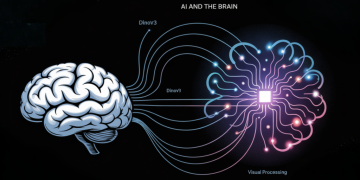



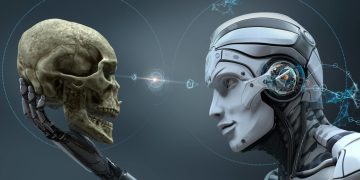

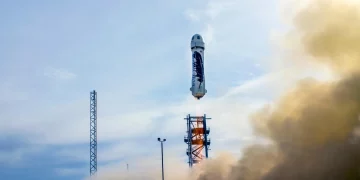














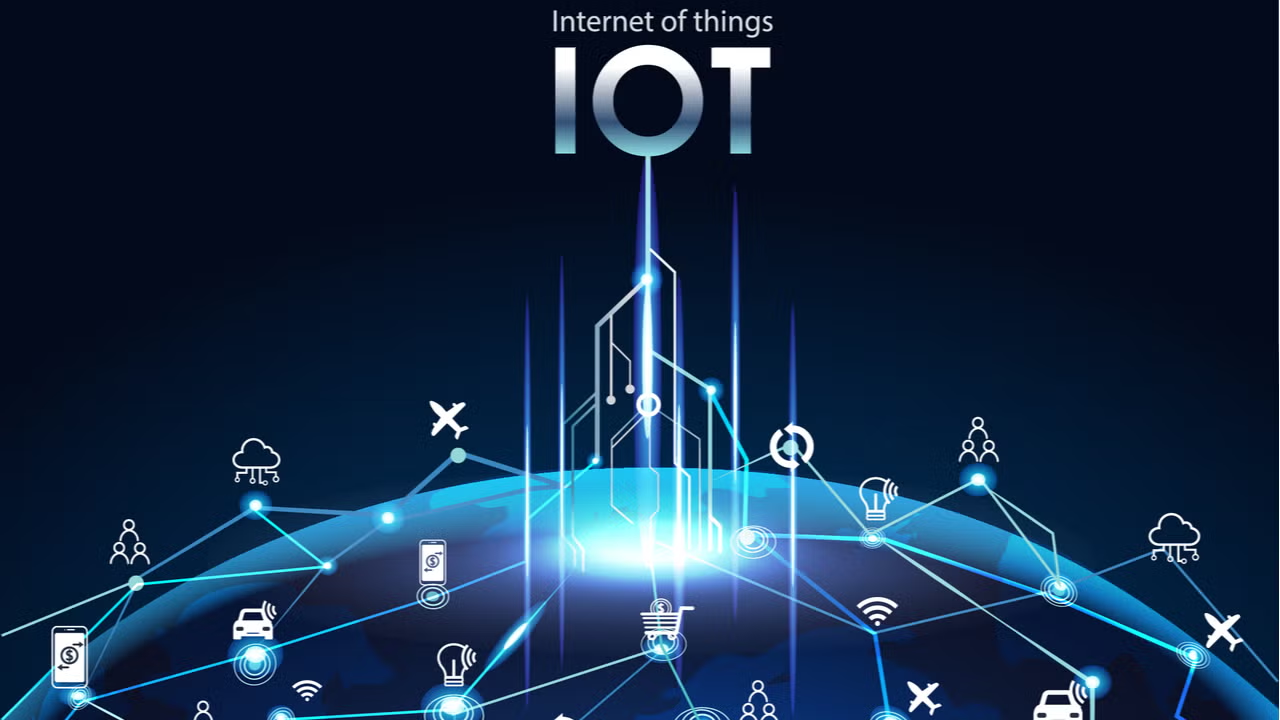


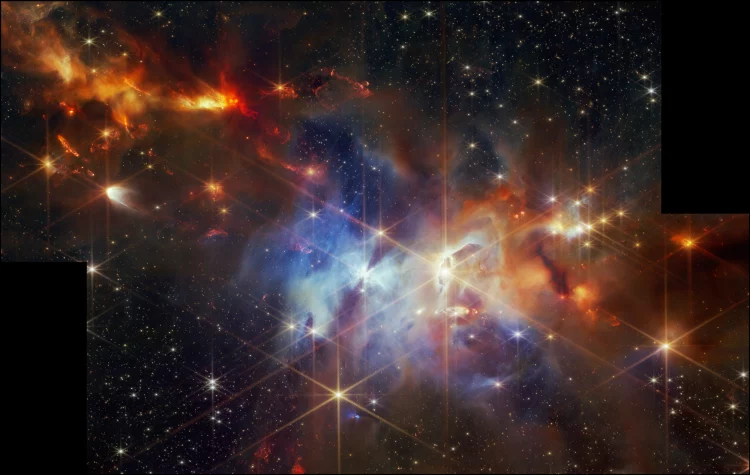












Discussion about this post